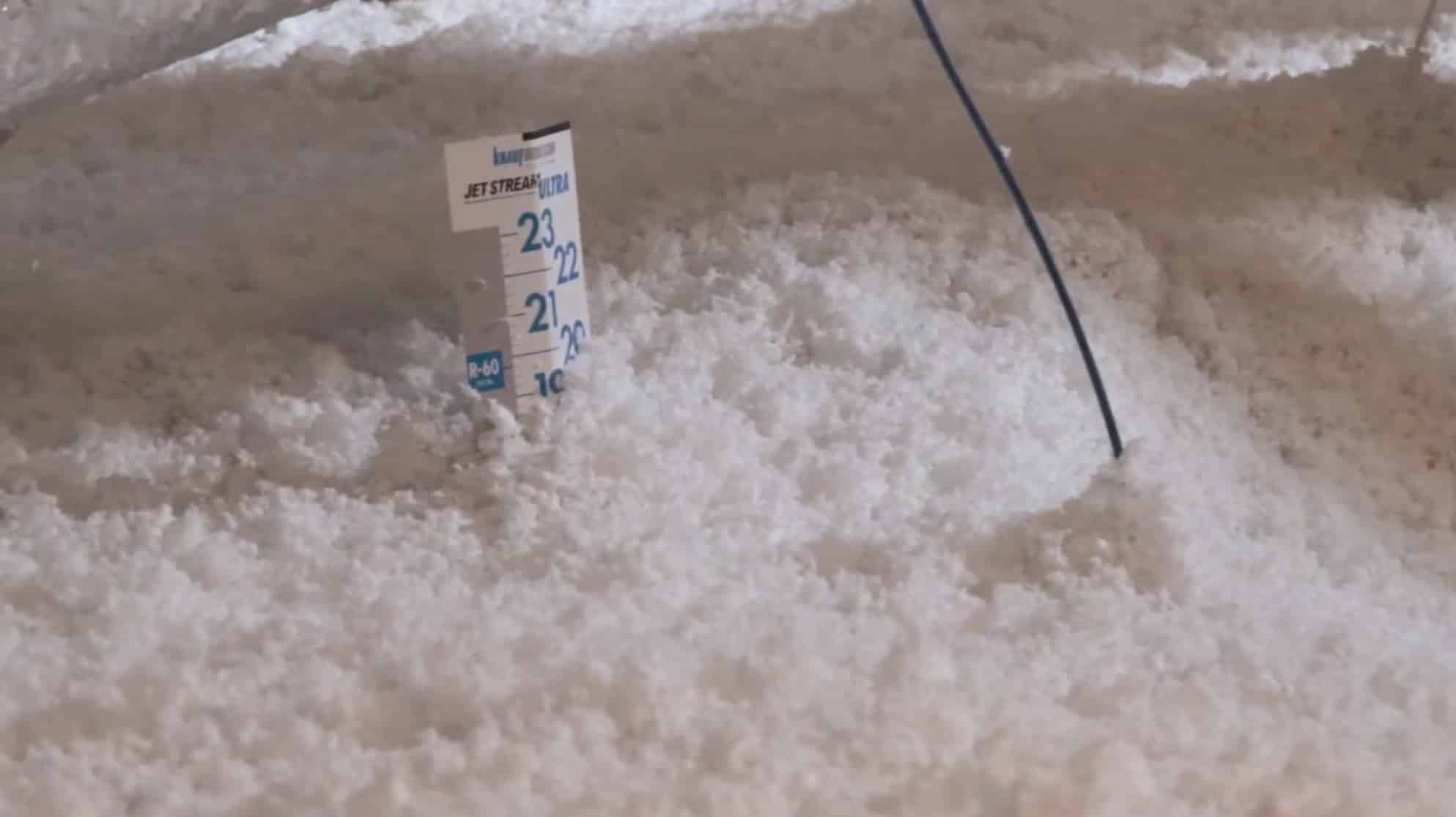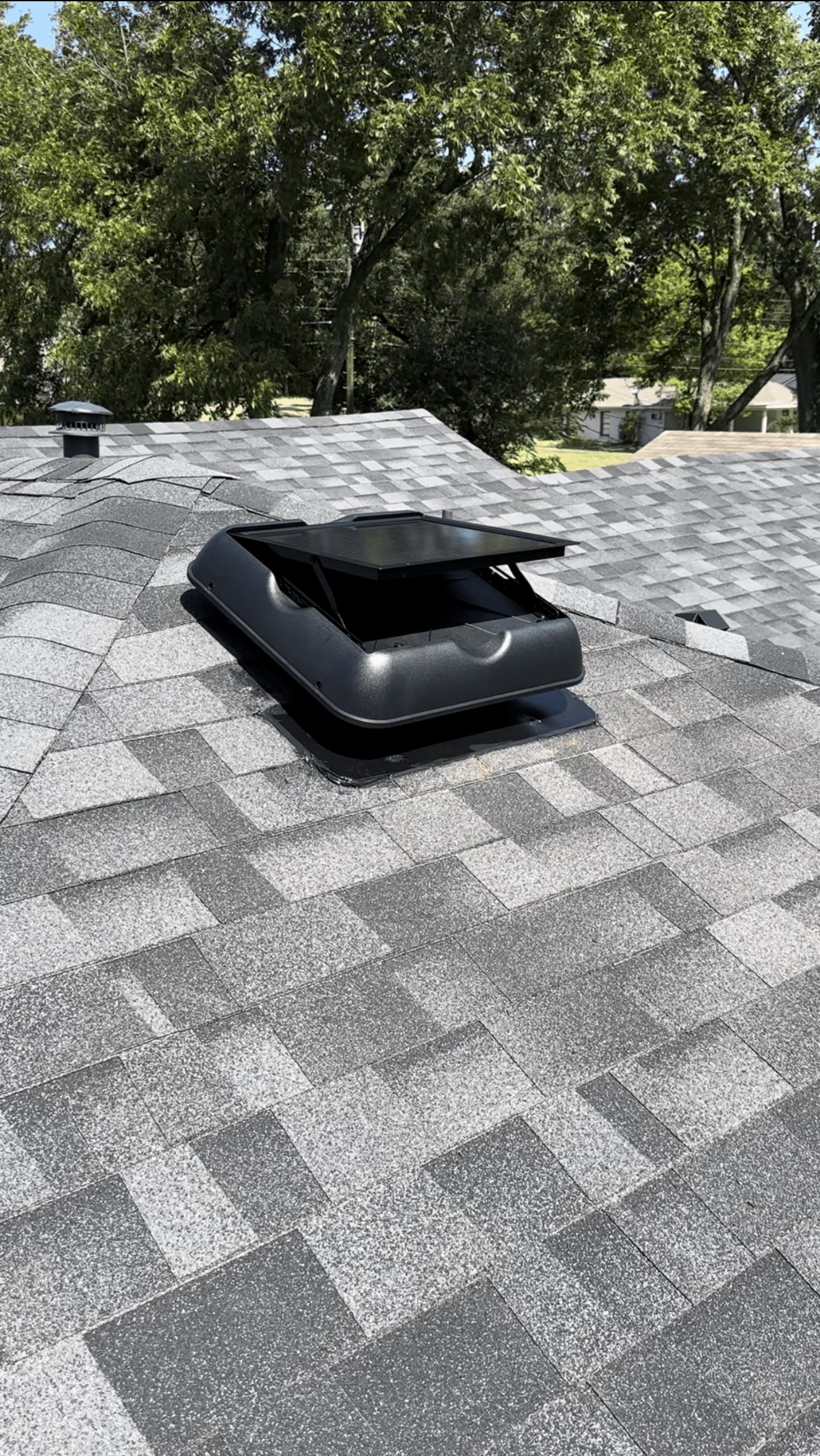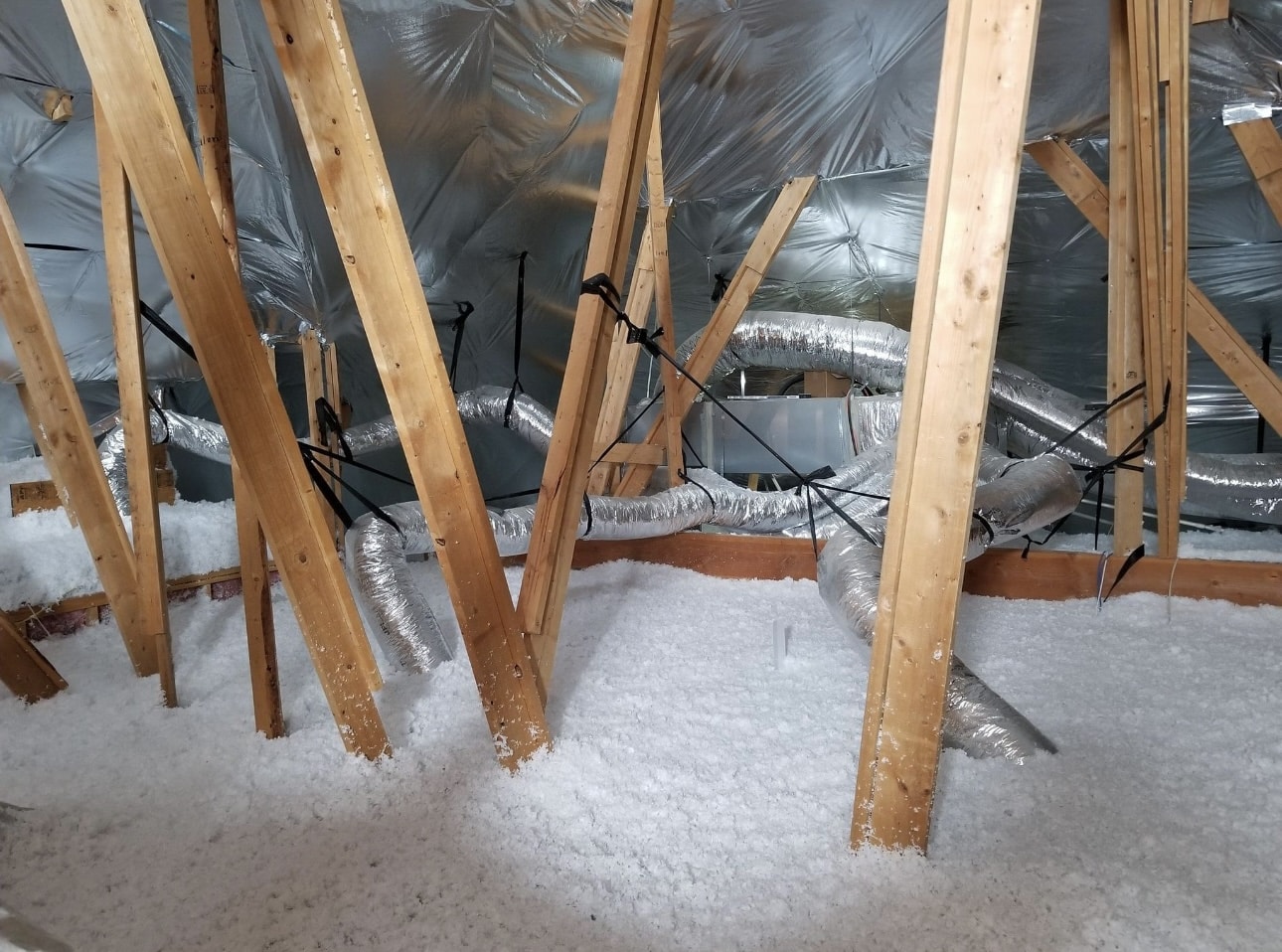The Facts About Green Attics Revealed
The Facts About Green Attics Revealed
Blog Article
Green Attics - Truths
Table of ContentsThe Basic Principles Of Green Attics The 10-Second Trick For Green AtticsWhat Does Green Attics Do?8 Simple Techniques For Green AtticsSome Known Factual Statements About Green Attics The 4-Minute Rule for Green Attics
Uploaded by Solution Champions Cooling BlogWhen you activate your home heating, you want it to remain inside your home - Home energy efficiency. Powering up the home heating triggers the warm to increase directly up into your attic. It's after that approximately your attic room insulation to do its work and obstruct the warmth from getting awaySo, it's obvious that you need to spend your money and time into shielding your home, however what attic insulators are around for you to pick from? Which attic insulation is ideal? And what are the potential threats of each of them? This short article will outline the 4 sorts of attic room insulation you can pick from, plus study the advantages and disadvantages of each.

Getting The Green Attics To Work
Batts allow, rolled up sheets of product which are fused along with a chemical vapor. This vapor functions as an adhesive. Why is fiberglass batt insulation so preferred? It's several advantages include: Overall, fiberglass is significantly green. The fiberglass itself is developed from sand which is after that turned right into glass, which counts as a renewable power resource.
Fiberglass batt insulation seldom diminishes or breaks down. This is due to the air pockets that take place in manufacturing. Fiberglass batt insulation is likewise soundproof, helping decrease outside sounds and keep inner sound inside the residential or commercial property.

The Definitive Guide for Green Attics
If dampness is absorbed by the fiberglass batt insulation, it can breed dangerous mold. Rodents and other undesirable visitors love fiberglass batt insulation, and often make it their home. Rodent infestations are a real possibility. If you like the idea of fiberglass however aren't keen on using batts, after that blown-in fiberglass might be the method ahead for you.
When making use of the blown-in method, it fills the attic room better, guaranteeing it's air-tight. As an outcome, it loads any type of fractures or spaces, also in unpleasant areas. This lowers the quantity of hot air getting away and cool air entering. It also traps audio. The blown-in circulation technique is far quicker. It takes a matter of hours to get your attic insulation up and running.
It requires extra maintenance than other types of attic room insulation on our list. Ought to the insulation obtain damp, eliminating the insulation isn't as simple as getting rid of fiberglass batts.
This attic insulation is likewise blown-in making use of a blowing equipment, nevertheless the material utilized is various. The material made use of below is cellulose. This is made from all various recycled material, consisting of things constructed out of wood, newspapers, and cardboard. After that, boric acid and other compounds are related to flame-proof the attic insulation.
Green Attics for Dummies
(https://www.openstreetmap.org/user/greenatt1cs)
Is blown-in cellulose insulation worth it? Right here's what it can offer your home: Essentially, blown-in cellulose is better for the planet. With cellulose being made additional resources from totally reused product, there's no need to generate new material. Reusing this is green. The boric acid and various other substances aid to flame evidence the insulation and slow the spread of fires.
Blown-in cellulose insulation has an R-Value that is 23 percent greater than fiberglass batts. Cellulose also helps in reducing wind-washing. What are the cons of installing blown-in cellulose insulation in your attic? Here are the drawbacks: Cellulose is green, nonetheless the more compounds that are included are not. Boron is needed to develop boric acid, and the mining process that mines boron is harmful to the environment.
Correcting this scenario can be labor and time extensive, as you'll require to choose up the insulation bit by bit, instead than in one roll. The final type of attic room insulation is spray foam insulation.
The Ultimate Guide To Green Attics
Unlike all the other sorts of attic room insulation, spray foam insulation is the only type ahead as a liquid. After being splashed, it enlarges and grows, and after that sets as a resilient foam. This foam slides neatly right into any type of gaps, securing closed, and cuts off any kind of retreat courses for your home heating.
Ultimately, what are the negative aspects of spray foam insulation?: The in advance repayment for spray foam insulation is more than the other sorts of attic insulation on our list. However, it deserves thinking about that, as a result of high degrees of energy efficiency, it'll likely cancel and even come to be cheaper in the long-run to keep your home warm.

The smart Trick of Green Attics That Nobody is Discussing
Wonderful care needs to be taken around the foam, and you'll need to wear safety glasses, a mask, and a respirator. With 4 types of attic room insulation and their pros and cons, you're now able to make an informed choice, knowing the advantages and drawbacks to each. That's why I can state with confidence that the best method to shield my attic room is with economical cellulose or fiberglass insulation used over an airtight attic flooring.
Report this page